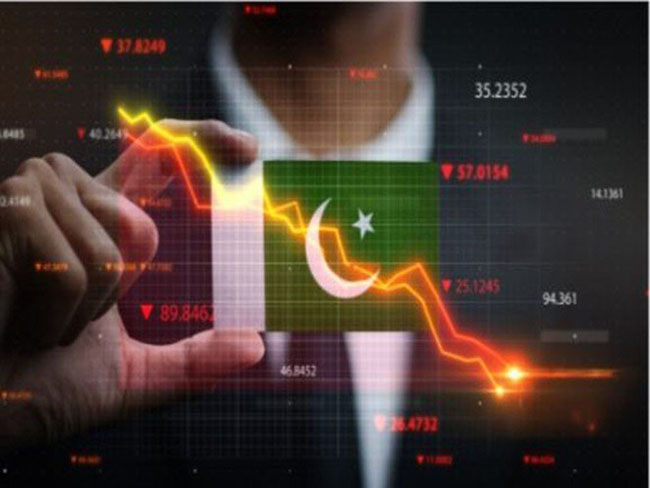News Time
Whatever the case, whatever the subject, from economy to governance, there are instructions given by Khan with full confidence and these statements not only point out the problems but also provide his ready-made solutions. Now take Transparency International’s annual report and ranking. When the rankings fell in the PPP era, it was a telling proof of government corruption in the eyes of Imran Khan. Then when the rankings improved in the Nawaz Sharif era, it was the result of investment by Nawaz Sharif. Now is the third year of PTI, Pakistan’s ranking is not high but has gradually gone down. So far Khan’s direct position has not come to light but his spokespersons are calling it insignificant. However, Khan can call it a global conspiracy or a ploy of Nawaz Sharif in London. Apart from politics, if we take a detailed look at the report, Transparency International presents a perception of corruption which is actually taken from 8 different indexes or surveys. These indexes are compiled by various organizations after surveys. Pakistan’s ranking remained the same on six scales, but in two places, namely democratic traditions and the rule of law, the rankings declined. The shortcomings are due more to the weakness of the justice system and restrictions on political freedoms than to financial corruption. The government may want to challenge the report on political freedom, but the justice system and governance is a clear failure for this government. If the flaws in the political, judicial and bureaucratic system are mentioned, then Khan’s promises and claims come to the fore. Examples of drinking water and milk and honey canals on a lion and goat pier will also fade away in front of Khan’s dreams.
Now, whenever governance, transparency and corruption are reviewed, these claims become the norm, and when the fact comes out that the situation is worse than before, and then there will be criticism and frustration from neutral quarters. But the government sees the criticism as a declaration of war. Critics are immediately stoned, whether by Transparency International or a local survey. Even public opinion or media analysis is met with negation, bigotry and counter-criticism. Improvements in the system of governance have a direct bearing on the convenience and quality of life for the people. Do government cabinet members and spokespersons who keep in touch with the people really think that the situation of the people has changed? Not for a few hundred or a few thousand people, but for the victims of the justice system and the government, the millions and millions of people who were involved every day, not the Patwaris, government hospitals and schools. Has the oppressed begun to receive justice and the oppressed? The immediate cause of the impoverishment of the poor is the rising cost of living. Are flour, sugar, milk, electricity and fuel now cheaper? If the answer is no, then no media strategy can improve the perception of government performance.




